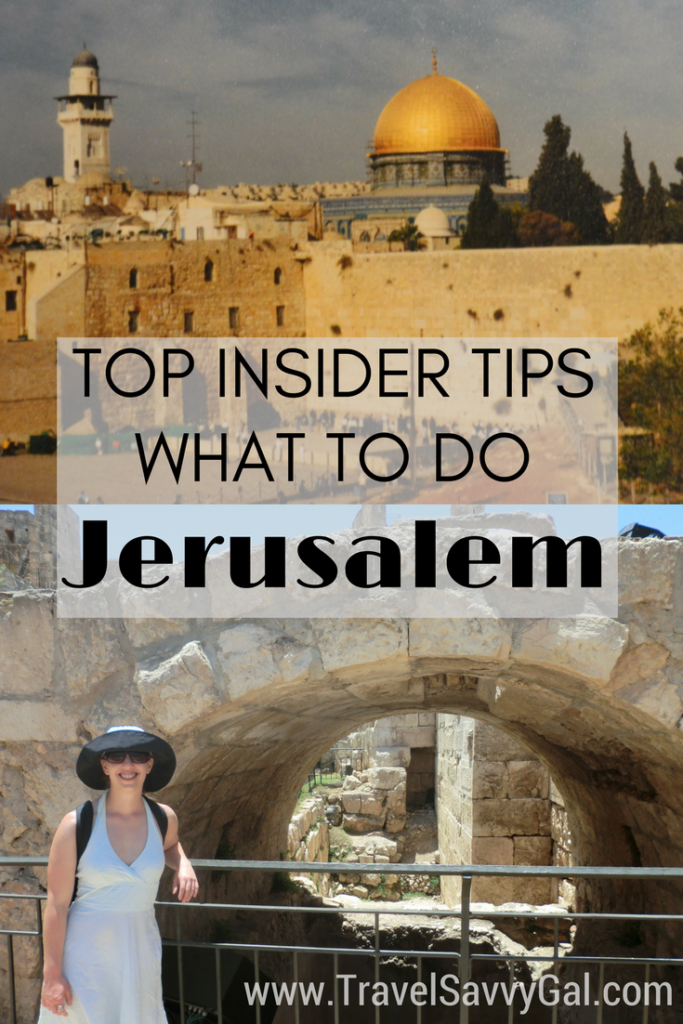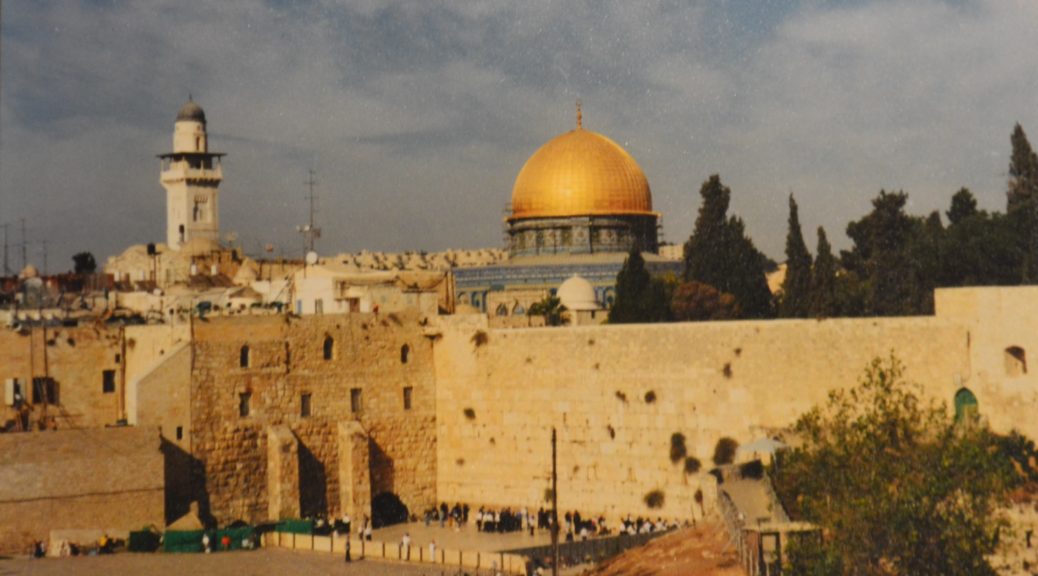
Impressions & Top Insider Picks for What to Do in Jerusalem
Jerusalem is built on a series of hills, and as you approach the city in a vehicle for the first time, you feel the anticipation build more and more as you loop around the winding roads. At some point it occurs to you to turn your head, and you find yourself looking down into the dramatic valleys and into the distance at this sacred biblical land. Just when you think you might have arrived, there is one more turn, one more bend, one more cutback, before finally the city of Jerusalem comes into full view.
This build-up, this anticipation, is part of the mystique of the city of Jerusalem. There are surprises and secrets to uncover everywhere you turn, whether it’s an ancient Roman road getting unearthed during an excavation or a previously unknown tunnel accidentally discovered. It is ancient white stone structures and modern amenities. A lengthy history that is tangible as you walk it’s streets, with ancient whispers beckoning at every turn.
Jerusalem is a holy city, central to the Jewish, Christian, and Muslim faiths. The Old City has Armenian, Christian, Jewish, and Muslim quarters. Israel itself has become a melting pot even for Jews of many nationalities, including recent waves of Ethiopian and Russian immigrants. Jerusalem has a bustle about it of people always moving with purpose, whether on a religious pilgrimage or simply running errands about town. It is a city that moves.
And then suddenly, the activity comes to a screeching halt as the sun sets on Friday evening. There is the quiet of Shabbat (the Sabbath), a deep calm that sets into the city until Saturday’s sundown, observed more widely in Jerusalem than in Israel’s more secular cities. Sometimes on Shabbat as you stroll deserted streets, taking in the meditative silence of the Jewish day of rest, you feel as if you could be walking those streets 2,000 years ago and not much would differ. There would be the same peaceful quiet, the same contemplation and introspection, the same Jerusalem stone guiding your steps.
Israel, and the city of Jerusalem specifically, was the first place that I lived abroad. Despite my teenage inexperience with travel, I took it all in with a sense of wonder, marveling at the rich history and how connected it was still to the modern city. I loved exploring the back alleys and narrow passageways of Jerusalem’s pedestrian areas and wandering inside the walls of the Old City. I also loved using the city as a jumping off point for other weekend explorations – which I did often – and always savored the return bus trip, looping my way slowly up Jerusalem’s hills until I could see the city peek through again on the turns and finally feeling my heart jump as I could see the full view of Jerusalem again.
Despite the countless times I’ve entered the city of Jerusalem by bus or car, my experience en route is always the same. While I know the city well, it is constantly evolving, and with every visit I see the latest archaeological discovery or a new section of the Western Wall Tunnels unearthed. There is so much to take in, so much to savor, and so much to discover for the first time. On each visit.
Things to Do
Old City and Nearby
Old City
The Old City is divided into four quarters – Armenian, Christian, Jewish, and Muslim – and is accessible through nine active gates. It is a bit of living history, with shopkeepers and many holy sites for several religions contained within a small geographic area. Even without a particular destination in mind, it’s a great spot to wander, and be sure to spend at least some time in each of the quarters. Use caution at the entrance gates, and rest assured that there is security posted frequently throughout.
TIP! Many of the religious sites for Christianity, Islam, and Judaism in the Old City require modest dress to enter, so it’s a good idea to dress modestly on any day you’ll be visiting.
The Shuk
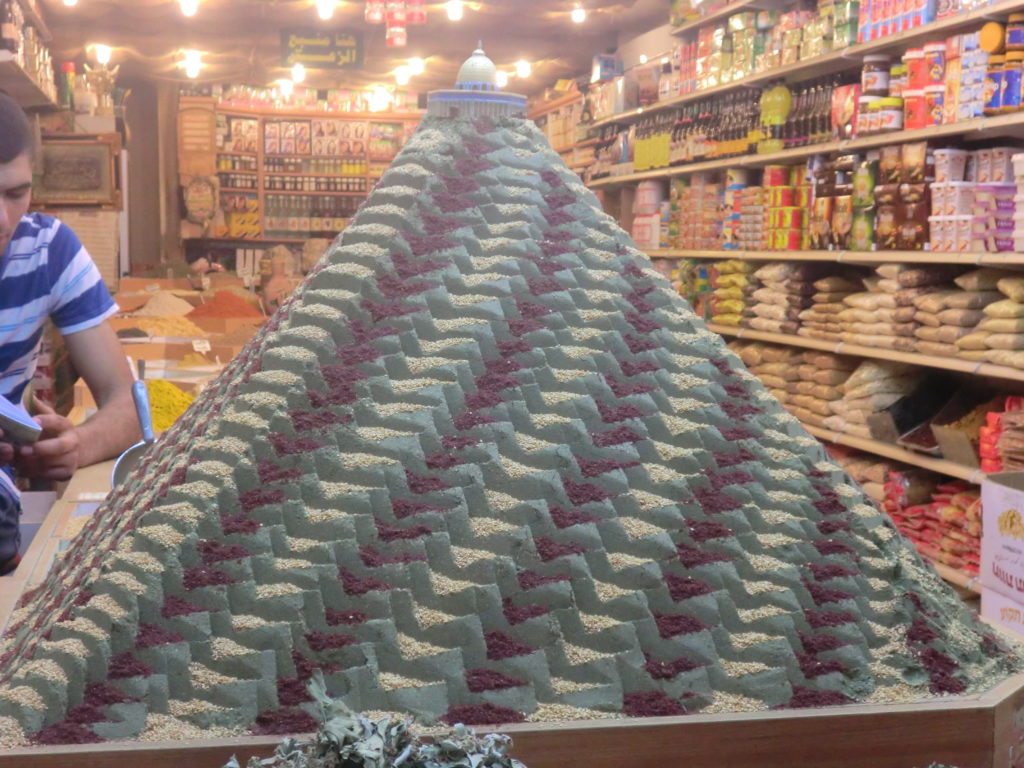
Shuk simply means market, and is similar to other traditional markets you may have visited throughout the Middle East. Anything from spices to hand-carved chess and backgammon sets to kitchy tourist t-shirts will be on sale, and this is the time to put your haggling skills to the test. Don’t be afraid to walk away – it will improve your bargaining position and there is also likely to be another vendor selling similar (or identical) wares.
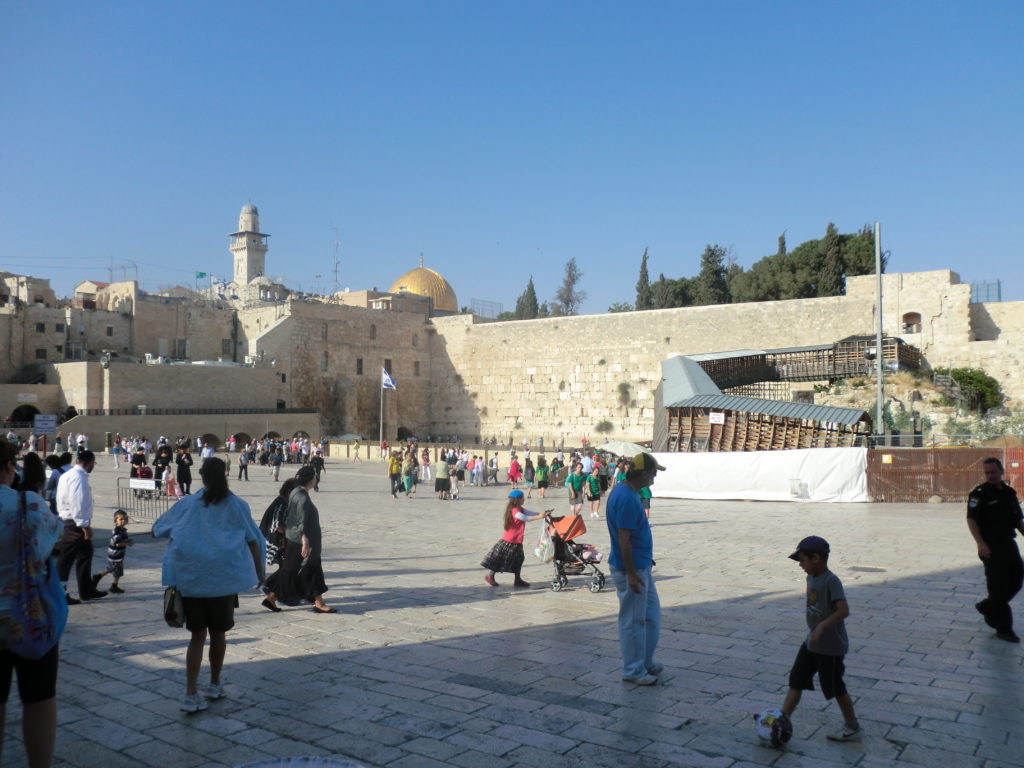
The one remaining wall of the first-century Second Temple built by Herod, this spot is the holiest area where Jews can pray. People flock from all over the world, and like the most religious Jews, prayer space is divided into men’s and women’s sections. Modest dress is required. You’ll notice lots of people placing tiny scraps of paper into the cracks in the wall – these notes have people’s personal prayers written on them, believed to have special powers to reach God. If you’re feeling inclined, leave a note with your own prayer on it.
The Western Wall is the section visible at ground level, however there are more extensive remnants of the Second Temple underground. I’ve probably toured the Western Wall tunnels three or four times, but it is always worth arranging a visit as excavation are ongoing and new areas are constantly unearthed and added to the tour. It’s best to reserve a spot in advance, using the link above.
Via Dolorosa
Literally “the way of suffering,” this path traces Jesus’s steps on the way to crucifixion. There are 14 stations of the cross, beginning at Lions’ Gate and ending at the Church of the Holy Sepulchre, where the last five stations are located.
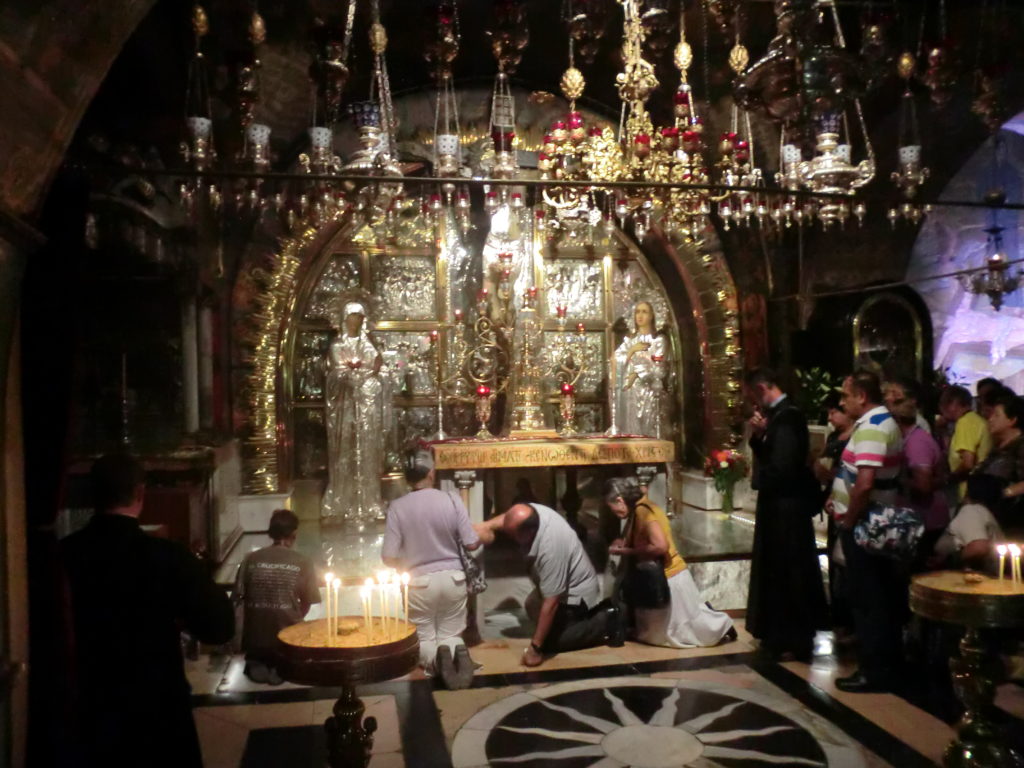
Considered to be the location of Jesus’s tomb, Christians from all over the world make a pilgrimage to this Church inside Jerusalem’s Old City. While open daily, lines can get quite lengthy, so it’s best to visit earlier in the day.
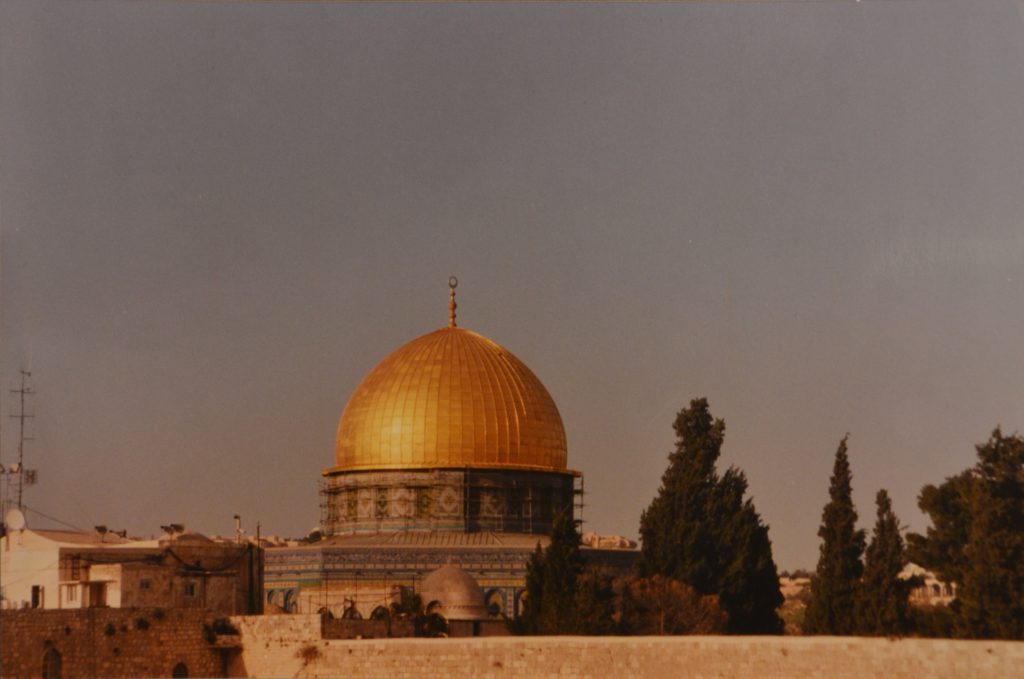
The Temple Mount is the third holiest site in Islam after Mecca and Medina, and the holiest site for Jews. For non-Muslims there are very limited visiting hours only from Sunday to Thursday, and entrance to the mosques is no longer permitted. Also, the site can be closed without warning at any time for security reasons. Check in at the link above for the latest information, and arrive early (with your passport) and dress modestly if you’d like the possibility of a visit.
Tower of David & Museum of the History of Jerusalem
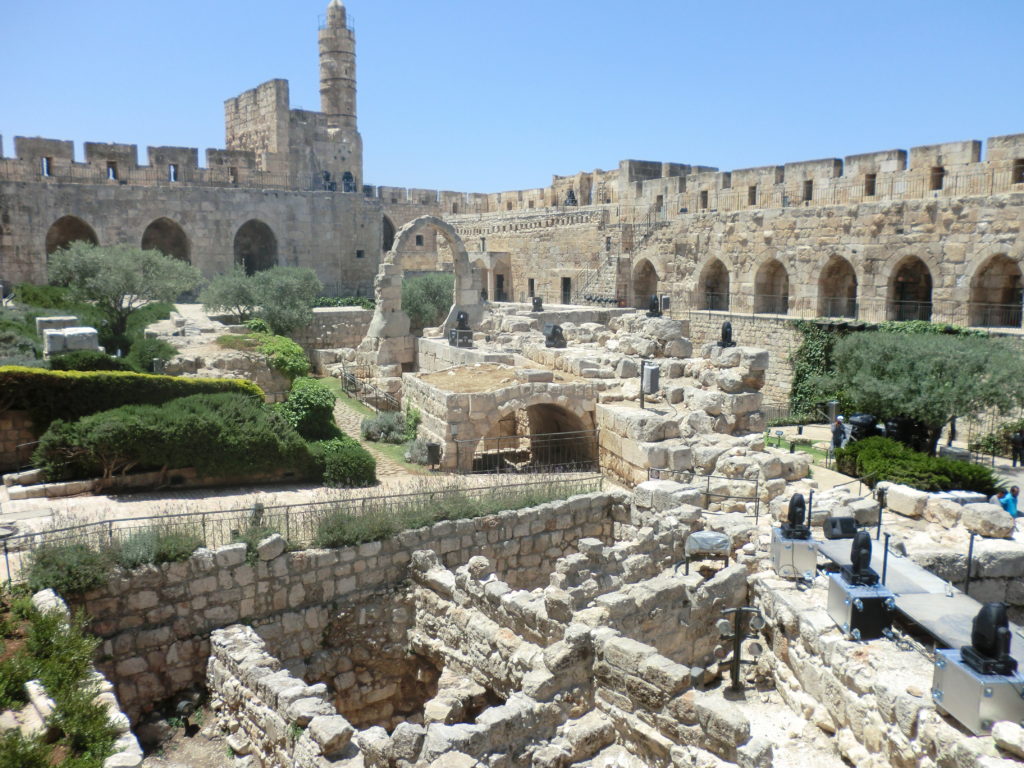
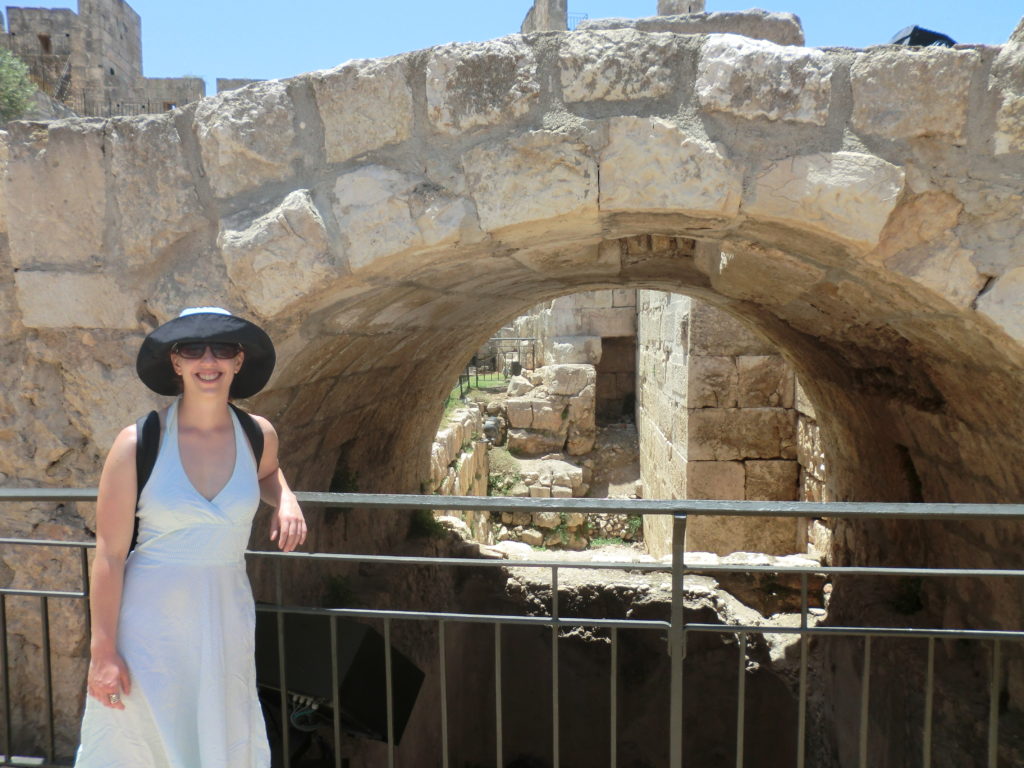
Also known as the Citadel, the Tower of David, it’s a former Ottoman fortification located just outside the Old City’s Jaffa Gate. You can tour the archaeological excavation and visit a museum showcasing Jerusalem’s lengthy history. There is also an evening light and sound show, with advance tickets recommended.
Hezekiah’s Tunnel & the City of David
This water tunnel is part of the City of David, and was an engineering marvel when first constructed nearly 3,000 years ago. Its purpose was to provide water access to the city in the case of a siege. The tunnel is accessible up until 1 hour before closing time, although you’ll need to buy tickets at least 2 hours before close. Come prepared with water shoes and light, water-resistant clothing as water may be as high as your knees as you walk through the tunnel. Likely to be one of the more memorable sights of your time in Jerusalem.
Around Town
Ben Yehuda Street & Surrounding Pedestrian Areas
A bustling part of town, especially in the evenings, the modern ‘center’ of Jerusalem can be found here. There are a lot of shopping opportunities from brick-and-mortar stores to outdoor markets, and plenty of cafes and restaurants to pop into as you stroll.
By day, this is a bustling Middle Eastern market (or shuk) with fresh produce, endless prepared food for sale, and any knick-knack you might need. By night, the market is now a trendy destination for dinner or a night out with friends, especially for the younger Jerusalem crowd. It’s closed on Shabbat, from sundown Friday to sundown Saturday, but otherwise is a must-visit spot at several times of day to taste your way through.
Museums
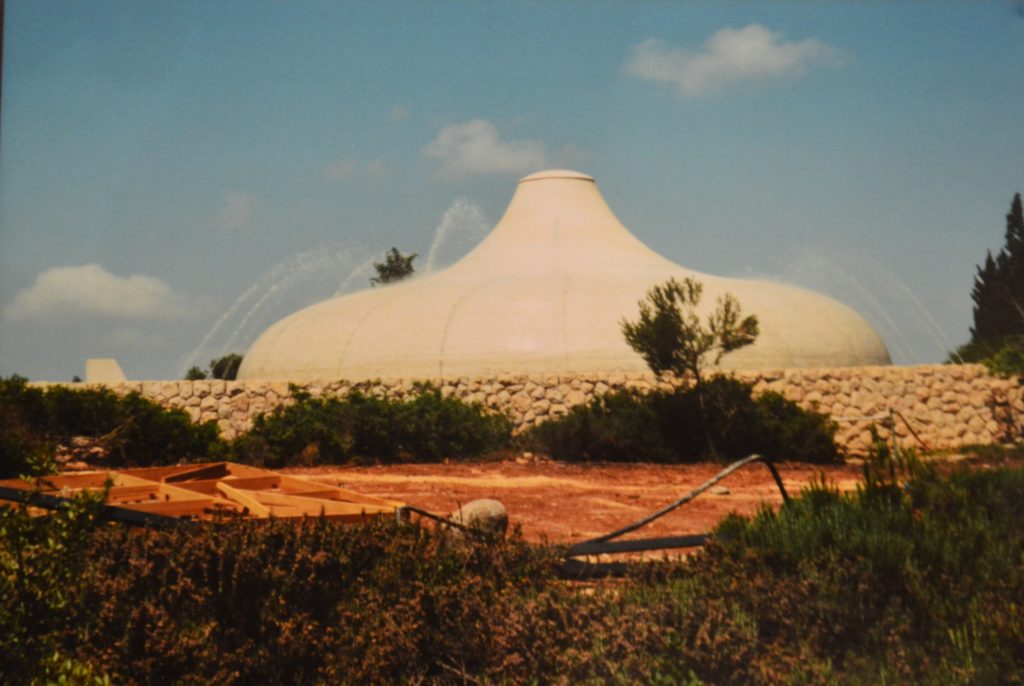
The top draw here is probably the Dead Sea Scrolls, ancient biblical manuscripts on display in the iconic white building pictured above. This world-class museum also houses notable art and archaeological artifacts, and its gardens are extensive and worth a stroll.
The State of Israel was founded in the wake of the Holocaust and its Holocaust Remembrance Center is a sobering reminder of the atrocities committed against Jews and others during World War II. Take a slow day and take your time to weave through the thoughtful exhibitions.
Off the Beaten Path
This biblical site has been used as a Jewish cemetery for several thousand years and has been a pilgrimage sight for Jews as well. While you may visit for religious significance, it is also a great spot to overlook the city of Jerusalem. Part of the City of David, although a bit further from the Old City than Hezekiah’s Tunnel (see above).
Chagall Windows at Hadassah Medical Center, Ein Kerem
It’s not really close to anywhere you’re likely to be, but if you want to glimpse 12 stunning Marc Chagall windows depicting biblical scenes, head to the synagogue inside the Hadassah Medical Center at Ein Kerem. These were the first Chagall windows I trekked to see, although I more recently enjoyed the Chagall Windows at a church in Mainz. Perhaps I should adopt a new motto: Will travel for beautiful stained glass windows.
(More) Practical Tips for Visiting
Jerusalem is a relatively easy city to navigate. A lot of the sights you’ll want to see are clustered in a few walkable areas, like the Old City and the pedestrian area around Ben Yehuda Street. The other main modes of transportation are:
Opened in 2011, the light rail is a pleasant way to traverse Jerusalem. Only one line is currently open, but it will take you to many of the sights of interest like the Old City, the pedestrian Center, and Mahane Yehuda Market. The light rail also stops at the Central Bus Station, for when you arrive and leave the city, and connects at several points to bus lines.
The bus system in Israel as a whole, and Jerusalem as well, is exceptionally thorough. Even for the places you’ll want to go outside the central areas, there will definitely be a bus to get you there. Check the Egged site linked above (in English) for schedules and routes.
Taxis
Taxis are widely available, and most drivers speak English. Be sure to negotiate a fare before agreeing to a ride. You can always ask at your accommodations what you should expect a certain ride to cost so you have a baseline in mind.
TIP! Bargaining is a way of life in Israel, and most things are expected to be negotiated. And like all haggling, you’re best served not accepting the first offer.
TIP! A lot of modes of transportation do not operate in Jerusalem on Shabbat, so if you do travel other than on foot, expect to pay more than usual for your taxi.
Jerusalem really is a city that has my heart, and there is so much to discover across its hills. Even among Israeli cities it’s unique, both for how much history has been preserved across millenia and how much that history is felt on a daily basis. It’s a magical place to spend Shabbat and really appreciate the “day of rest.” And a cultural experience like no other to fully take in the other days of the week.
Interested in where to eat while you’re in Jerusalem? Head to this post on the Best Places to Eat (& Drink) in Israel for my top Jerusalem picks.
Have you been to Jerusalem? Any spots you love that I should add to my list? Other questions about visiting? Let me know in the Comments.
Like It? ‘Pin It’ for later!
